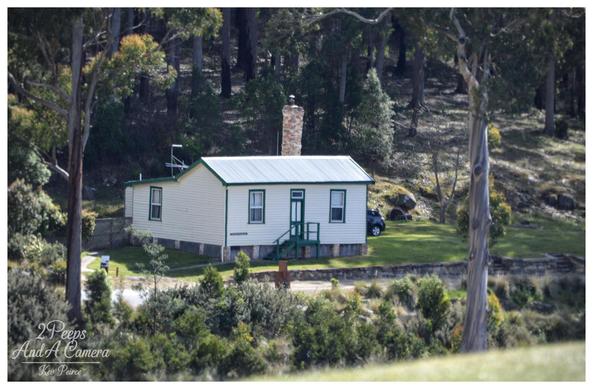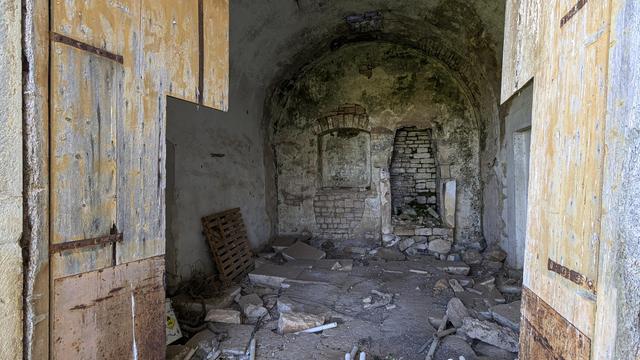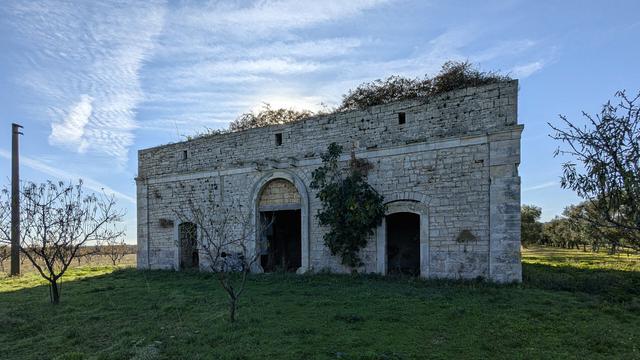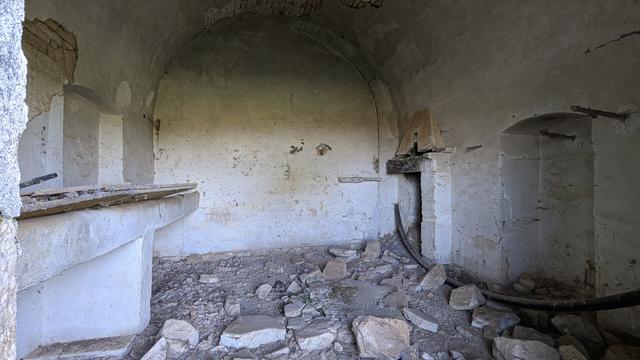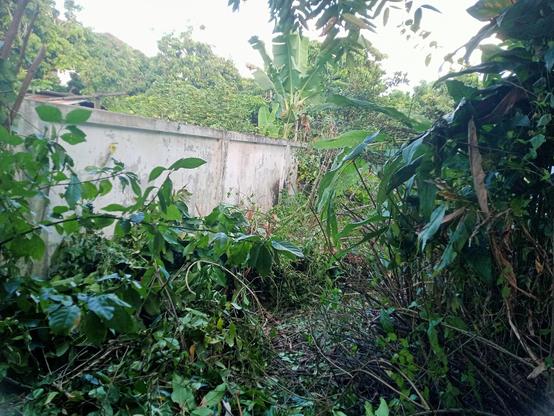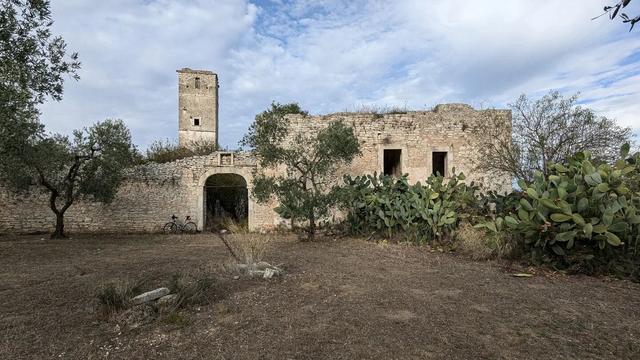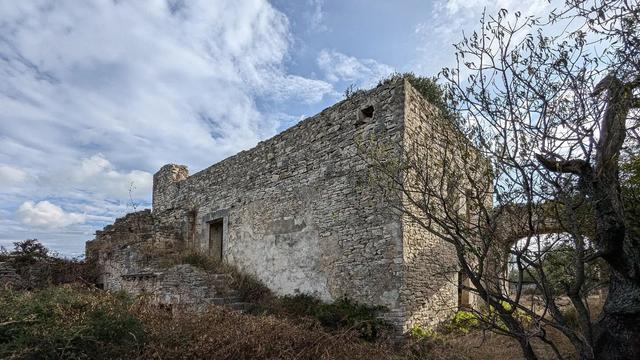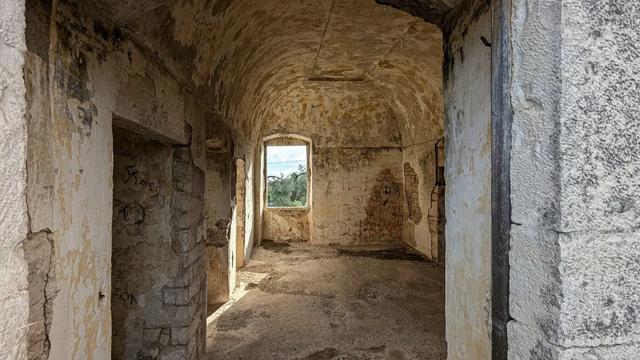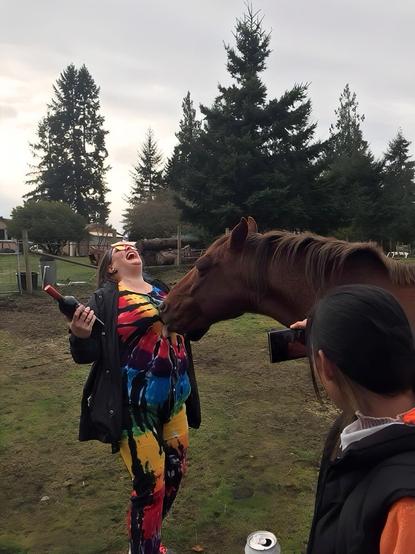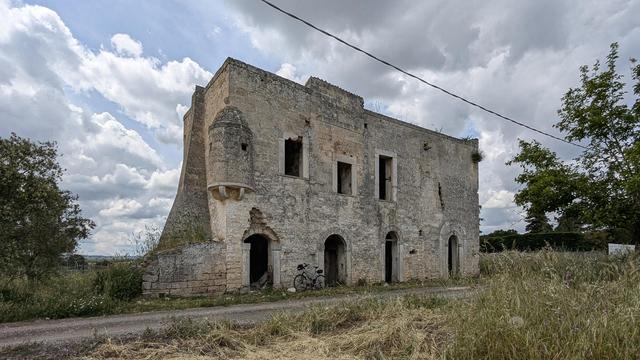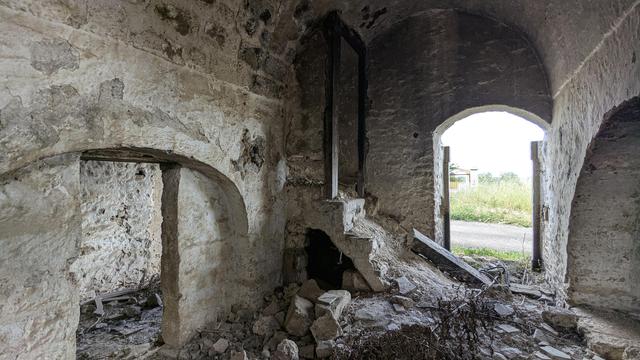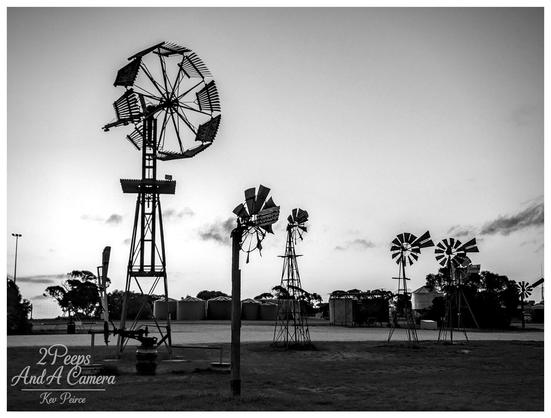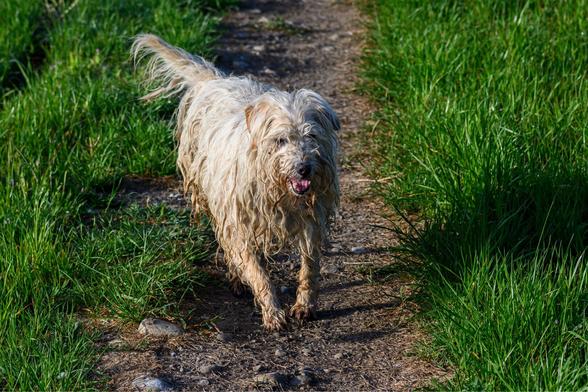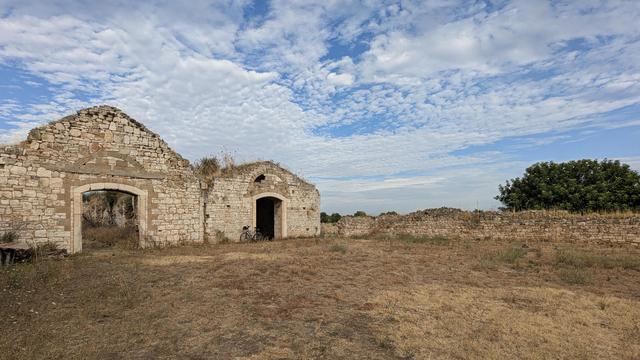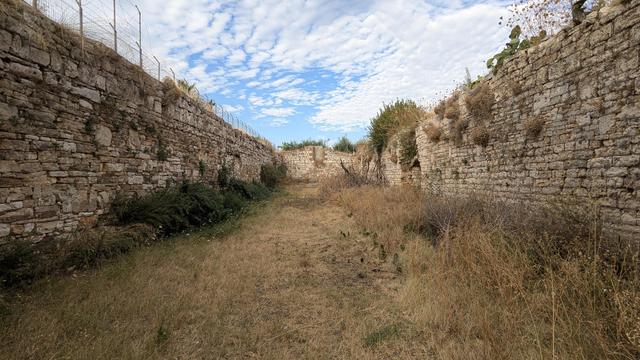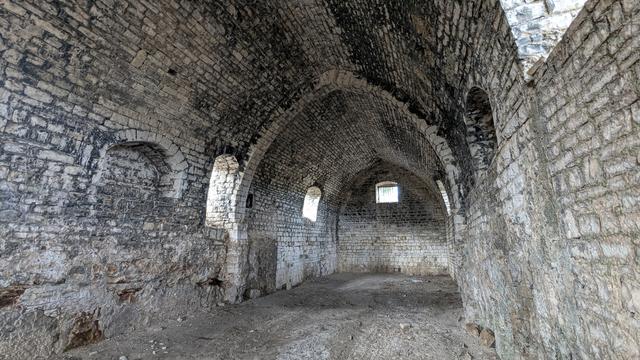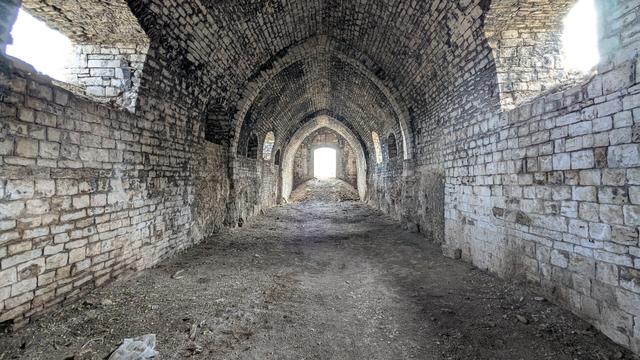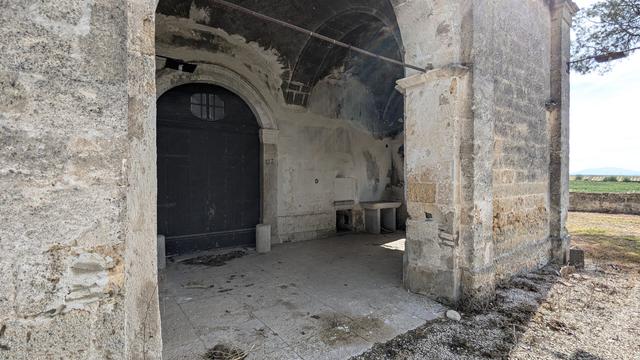“Make hay while the sun shines”*…
Hay, the foundation of the diet of grazing animals, is central to American agriculture. The USDA forecasts 2025 hay production at 123.5 million tons (grown on about 50 million acres countrywide), of which, about 3.24 tons are exported (generating over $1 Billion in revenue); the balance is consumed domestically.
Most of that hay is baled for storage and transport (in rectangular or round bales) using special (and increasingly expensive) equipment. But as Katie Hill reports, 115 years ago, before the advent of those motorized balers, a homegrown invention redefined stacking hay in the West. Some ranchers still see no reason to upgrade…
A scan of the horizon in Montana’s Big Hole Valley reveals plenty of examples of the land reclaiming what once belonged to it. Derelict jackleg fence. Log calving sheds with caving roofs. Rusting Chevrolets and spools of barbed wire. A giant compost pile of livestock carcasses, bones protruding from the mulch like seashells at low tide.
Then, every five miles or so, an old, spindly implement punctuates the scenery. It’s tall, maybe 30 feet, resembling a giant see-saw permanently out of balance. It’s not so much a stairway to heaven as it is a halted conveyor belt to nowhere; there’s no grain silo or corn crib nearby for a machine like this to fill up from above. Regardless, its efficacy in stacking giant piles of hay is clear from its construction. Grass grows tall around its base of rough-hewn lodgepoles, as if the earth might swallow it whole if it stayed put for another century.
This contraption [pictured at the top] is known as the beaverslide, patented in 1910 by Big Hole ranchers Herb Armitage and D.J. Stephens. The haystacking device consists of a wide, sliding fork at the base of a ramp and a cable pulley system rigged to the ramp’s underside. In practice, ranchers use a team of horses or a motorized vehicle with a winch to pull one of the cables perpendicular to the beaverslide, which in turn hoists the fork up the ramp, bringing a giant pile of hay up with it. (Ranchers rake cut hay onto the beaverslides with old buck rakes.) At the top of the ramp, the hay falls to the other side, forming three-story piles that can reach 25 tons in weight, depending on who you ask.
Details on the manufacturing and distribution of the beaverslide — named for its origins in Beaverhead County — are slim. The prevailing story is that ranchers often made their own, then made duplicates for neighboring ranches upon request, according to Big Hole rancher lore. Over the last few decades, the contraption has largely become a relic of a bygone era. But it’s not entirely obsolete, as some ranchers still use their old beaverslides today. With modern challenges like ballooning upgrade costs and the ever-present battle over a rancher’s right to repair their own equipment, the analog beaverslide makes more and more sense for those still using one with every passing hay season…
… he Kirkpatricks recall memories of neighbors being stuck in the middle of winter with broken-down bale processors and hungry cows. The closest repair shop in Jackson, an unincorporated community of roughly 20 people, is 42 miles south. The next closest shops or available technicians might be 53 miles away in Butte or 73 miles away in Dillon.
Many big-name mechanized implements run on trademarked chip technology that requires a trip to an authorized dealership for servicing. Even ranchers like Humbert who otherwise possess ample repair knowledge don’t have access to the diagnostic equipment necessary to solve problems on the fly. This might sound like sacrilege for an industry that lives and dies with rural, self-sufficient communities, but a bill calling for a rancher’s right to repair their own equipment died in the 2025 Montana legislature.
Score another point for the beaverslide…
Read on for more fascinating background: “Why Don’t You Beaverslide?” from @katiehillwriter.bsky.social
Watch the “technology” do it’s work here:
https://youtu.be/1t89BQsw4x8?si=soEy07Ok3ARAgKSH
* A Tudor expression dating back to the mid-16th century, and used figuratively since 1673
###
As we honor old ways, we might recall that it was on this date in 1974 that Island Records released Country Life, the fourth studio album by Roxy Music.
source
#agribusiness #agriculture #beaverslide #countryLife #culture #farmRanch #farming #hay #hayStack #hayStacking #history #ranching #rightToRepair #roxieMusic #technology
